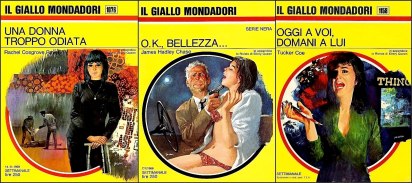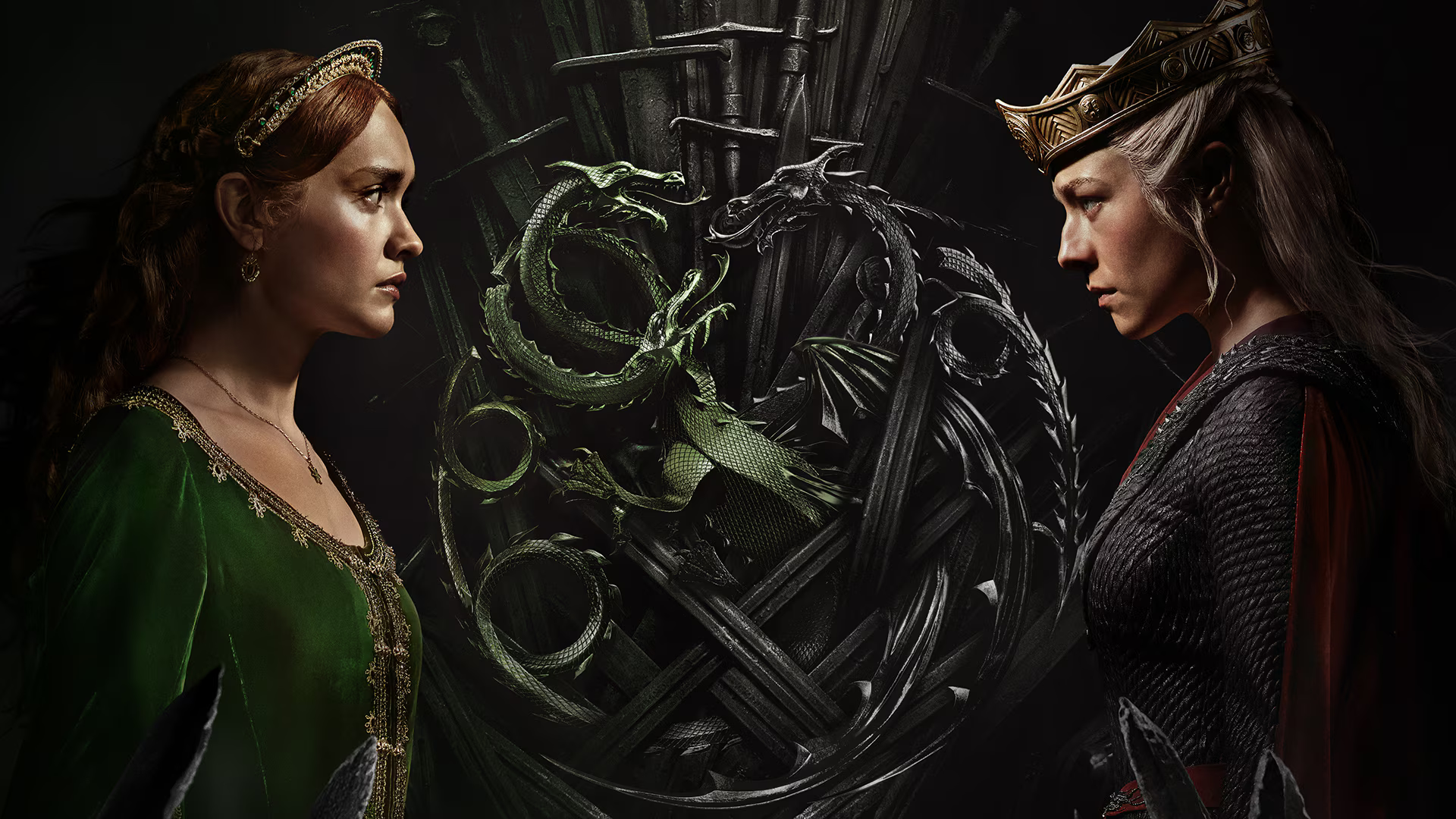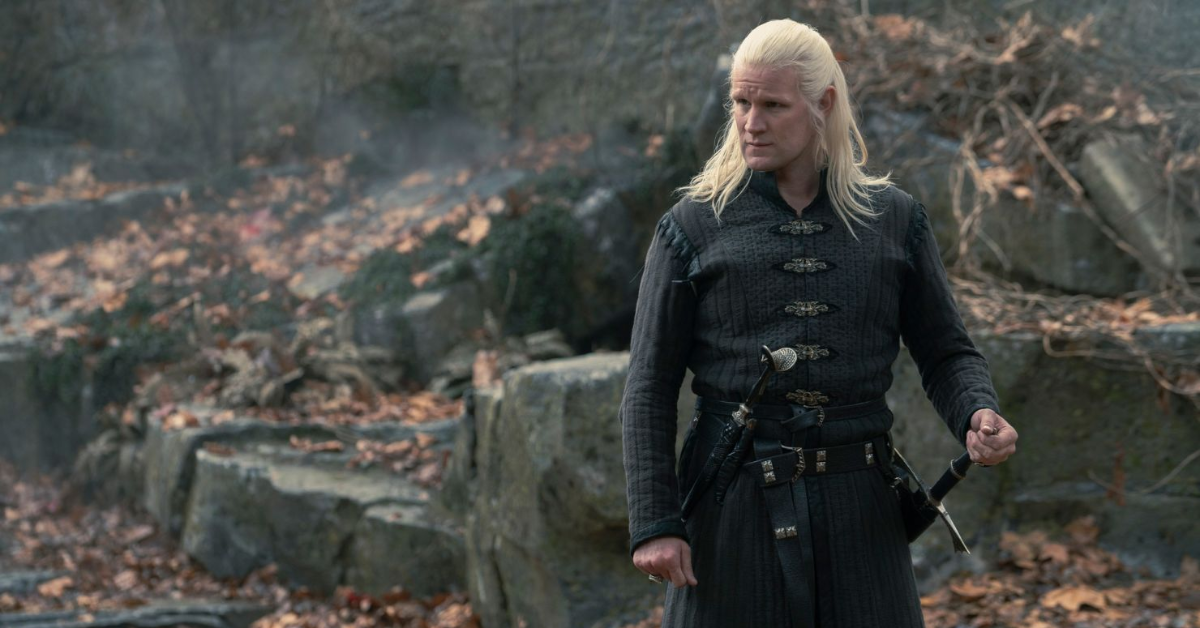
This week’s Eye Protein comes drenched in pasta sauce as we stay in Italy and talk about another major genre from the boot-shaped peninsula, the Giallo Film.
The name literally means yellow film. This is because the detective and thriller novels upon which many of these films were based were sold in cheap paperback formats with yellow spines. Major names in 60s and 70s Italian cinema such as Bava, Argento, and Fulci are associated with the genre.

Giallo presents the same sort of analytical problems as film noir (and, as I alluded last week, the Spaghetti Western) when you try to pin down exactly what it is. Is it a genre, or style, or a cycle? There certainly is a defined time period in which these films had their heyday from the late 60s to the late 70s. Also these films were a timely reaction to changes in Italian culture in the much the same way the Film Noir reflected post-war America. Yet these stories are generally murder mysteries, akin to a genre, though sometimes they incorporate a supernatural element as well. They also share attributes with exploitation cinema in which they emphasize sex and violence. The films are extremely visceral, both in the visuals full of lurid colors and experimental editing as well in the sonic assault of both foley and score, which defines them just a much as narrative, and their historical situation.
Narratively, these films bear a strong resemblance to the Film Noir as mysteries. However, the gloved, trench coated wearer of the fedora is less likely to be a hero detective than the killer. Yet, like film noir, there are exceptions to every rule. Some of Lucino Visconti’s works considered Giallo are much more realist in their style. A key example is Ossessione which draws these films closer to noir due to the source material, James M. Cain’s The Postman Always Rings Twice.

I used the word “visceral” above to describe these films because they are fundamentally films that engage the body much more so than the mind. The narratives sometimes make very little sense and follow a sort of dream logic from scene to scene. Another way to say it is that these films are much more concerned with tone and mood than with narrative or story. In all their garishness, these films seek simultaneously to pleasure and repulse the viewer. Giallo is all about aesthetics, visually and sonically, hung on the most basic of narrative frameworks.
That is why I consider Giallo to be a technicolor (though there are some black and white examples) gothic. Early gothic writers in both America and Europe were associated with the derisive term, sensational. These stories sometimes made very little narrative sense. I’m looking at you, Castle of Otranto. But they were more interested in expressing moods with some attention to story insofar as it would express the thematics that interested their writers.
Color film, though around for decades became very inexpensive in this time period and these Italian filmmakers opted to saturate their films with greens, reds, and blues for the purposes of conveying a strong sense of mood. Other highly stylistic camera uses and editing could also be found in their western-genre cousins, but these Giallo films prioritize style over all other considerations. Giallo is nothing if not a sensory assault. Sensational indeed. Furthermore I would argue that the Giallo film could be described as Italian New Wave Gothicism that continues in the exploration of the gothic themes of repressed sexuality, violence, gender, and societal guilt via the medium of the color film.

I’ve made Giallo recommendations before on this column, here they are again:
If you don’t mind a little supernatural in your thrillers, check out Dario Argento’s Suspiria and Inferno. If you prefer more real-world based thrillers, the strangely named until you see it movie, Don’t Torture a Duckling is a fine choice. For a fully psychological thriller in the vein of Brian De Palma and Alfred Hitchcock, Mario Bava’s The Girl Who Knew Too Much, aka The Evil Eye, will do all the things you like in a specifically Italian accent.
However, if you are only going to watch one Giallo film, you simply must see Dario Argento’s The Bird with the Crystal Plumage. It’s got all the themes and tropes and is perhaps the best exemplar of the style. It’s not my personal favorite, but at least it checks all the boxes.
If you are person with Netflix suggestions that include the phrase “Visually-Striking”, then the Giallo film may be right up your alley. If you love Film Noir and want to try something new, this could be very satisfying. If you are a lover of the gothic novel you may find a cinematic home here as well.
Dustin Sells is studying for a PhD in Screen Studies at Oklahoma State University. Sometimes he gets some sleep. Check out Dustin’s most recently viewed films on Letterboxd @DustinSells or follow him on Twitter @dustin_sells or follow him on Twitter




Leave a Reply